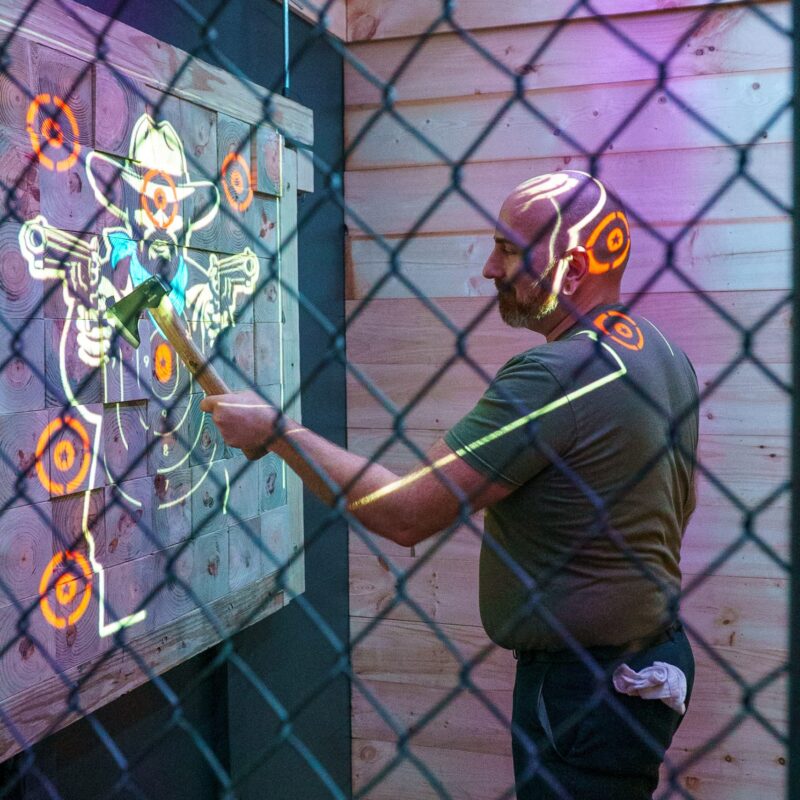Many women don’t know much about Kegel exercises—unless they’ve been pregnant, in which case, they probably received cursory instructions about restrengthening their pelvic “floors” after childbirth. Well, it turns out that some of that information may be wrong, or at the very least, a lot less comprehensive than it should be. Passages Physical Therapy offers a workshop in “New Kegels”—something they say women of every age would be wise to check out.
 The pelvis cannot stand alone. Physical therapist Pat Salin Huston says Kegel exercises should involve more muscles than you’ve been told. |
Pat Salin Huston, the physical therapist who heads up this practice, says, “We need to be paying attention to this area of our bodies throughout our lives.” Through her 20 years of practice, Huston has discovered that many women, regardless of age or pregnancy—particularly very active women, such as aerobics instructors and runners—are silently suffering from incontinence and sexual pain, because they aren’t properly exercising the muscles that are key to some pretty important bodily functions.
But while classic Kegels—developed by Dr. Arnold H. Kegel in the 1940s to strengthen and improve the performance of the pelvic muscles—involved relaxing all of the surrounding muscles and then squeezing and holding the muscle that you would use to stop the flow of urine for several repetitions, several times a day, the new Kegels method recognizes that engaging the attached and surrounding muscles in the abdomen and hips and even down the legs is crucial to strengthening and supporting the pelvic floor, or as Huston puts it, “the core of your core.” To learn more about new Kegels or sign up for a workshop, visit Passages Physical Therapy at passagespt.com or call 979-5559.





